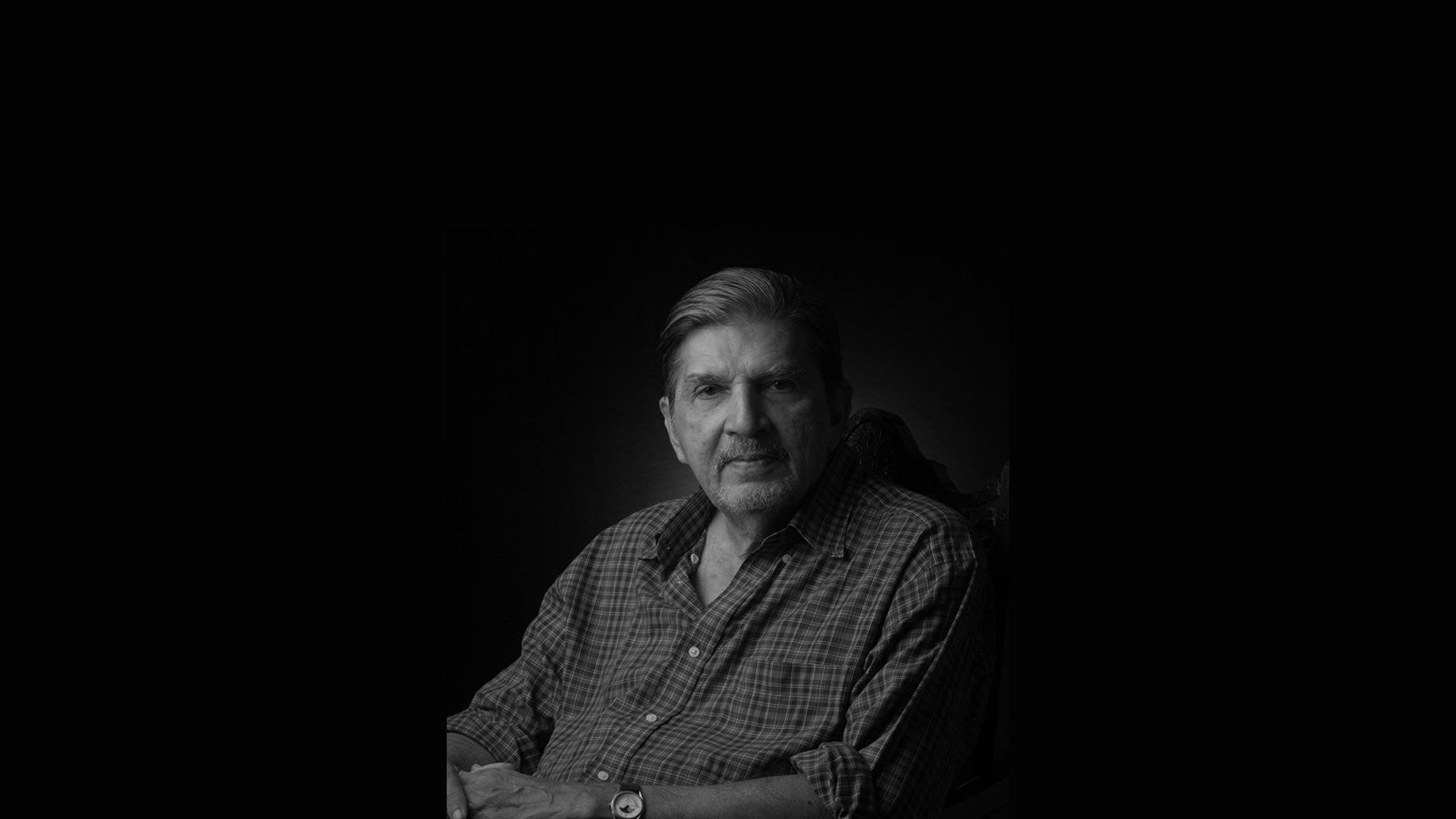Story of Mário, the Miranda (Part 4/6)
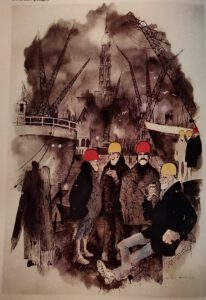
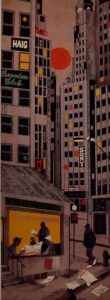
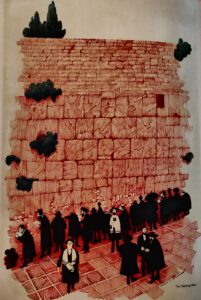
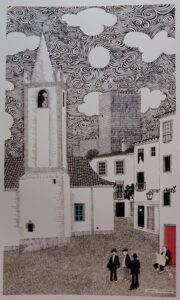
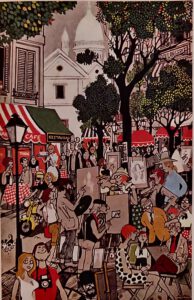
(L-R Dockworkers in Germany; Charley's Corner, NY; the Wailing Wall; a street in Portugal; open-air cafe in Paris)
Compulsive Traveller
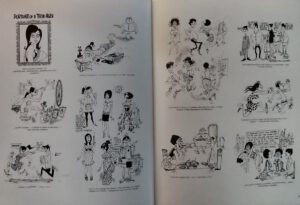
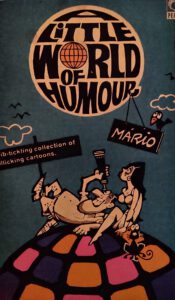 Mário was a persistent seeker of the funny side of life, as A Little World of Humour (1968) and Laugh It Off (1975) make it amply clear. He was never bored, even if stuck at an airport or a railway station; ‘watching people is an experience,’[53] he said. Bombay’s hustle and bustle had brought him face to face with crowds all right, but he only loved watching them, not being in them![54] He enjoyed walking around, be it in the village or the city; to him, walks were ‘life’s mini-journeys that could be turned into a movie’, says Rishaad.[55]
Mário was a persistent seeker of the funny side of life, as A Little World of Humour (1968) and Laugh It Off (1975) make it amply clear. He was never bored, even if stuck at an airport or a railway station; ‘watching people is an experience,’[53] he said. Bombay’s hustle and bustle had brought him face to face with crowds all right, but he only loved watching them, not being in them![54] He enjoyed walking around, be it in the village or the city; to him, walks were ‘life’s mini-journeys that could be turned into a movie’, says Rishaad.[55]
Mário drew from observation, from life, prompting Nissim Ezekiel to remark: ‘No escape if Mario is looking at you.’[56] In his illustrations always teeming with human specimens, each had their own story to tell. However, sometime later, began cherishing moments away from the madding crowd, say, by slipping into the anonymity of a movie hall.[57] Was it plain overload or a midlife crisis that had suddenly brought on the feeling that ‘life is not funny as all that’[58]?
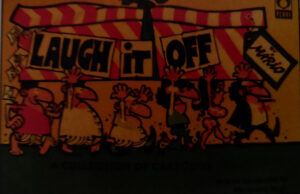
Fortunately, there was an upside to the behaviour change. Mário got less and less interested in cartooning and more and more excited about capturing moods and ambiences for his pictorial travelogues.[59] He made no bones about his travel mania – ‘especially if someone else is footing the bill!’ as he would say in jest.[60]
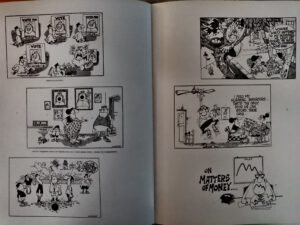
In 1979, a year after a major trip to Germany, he quit the influential Times Group and joined a fledgling tabloid, Midday, under Contractor’s editorship. From 1985 onwards, he was a freelancer with the same editor’s The Afternoon Despatch & Courier: not only did his cartoons gel with Busybee’s humour, the paper’s relaxed pace permitted him and wife to travel and draw at will. Sometimes, Habiba and the sons joined him on cross-country jaunts, which were truly memorable, says Raul.
Mário’s wanderlust brought forth the sublime artistry of his pencil and brush, ink and paper – fascinating enough to fill a book. Generally, after he had spotted his themes, his pen would scribble just a few hasty lines, later turning them into finely detailed and nuanced sketches, thanks to the artist’s photographic memory for faces and buildings[61] (he especially loved old people and ruins). Mário’s traditional line art had by now got stylised into neat, black ink pen illustrations, sporting straight graphite lines with flat cross-hatching for tonal variations.[62] Mário said, ‘If you see my early work and compare it, you’ll see I always enjoy experimenting.’[63]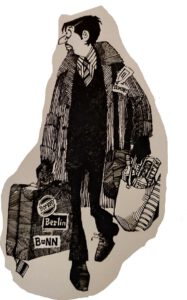
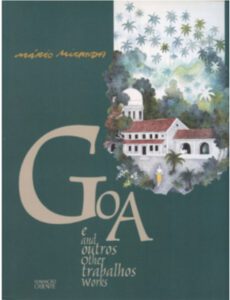 Over a span of three decades, Mário put up more than thirty solo exhibitions across the country[64] and the world.[65] Vinod Mehta saw no contemporary illustrator or cartoonist in India coming close to Mário’s command over the grammar of drawing; the alleged ‘lack of venom’ in his repertoire spoke for his ‘objective perspective’.[66] In the year 2000, Fundação Oriente in collaboration with the Indian Council for Cultural Relations organised a Mário retrospective titled Goa and Other Works[67], honouring the man who for years had served as a cultural link between Portugal and India (Figure 4).[68]
Over a span of three decades, Mário put up more than thirty solo exhibitions across the country[64] and the world.[65] Vinod Mehta saw no contemporary illustrator or cartoonist in India coming close to Mário’s command over the grammar of drawing; the alleged ‘lack of venom’ in his repertoire spoke for his ‘objective perspective’.[66] In the year 2000, Fundação Oriente in collaboration with the Indian Council for Cultural Relations organised a Mário retrospective titled Goa and Other Works[67], honouring the man who for years had served as a cultural link between Portugal and India (Figure 4).[68]
Acknowledgements: (1) I am indebted to Fátima Miranda Figueiredo for her knowledge and patience translated into many hours of whatsapp chats about her brother Mário and the family; and to Raul and Rishaad de Miranda for their warm welcome and lively conversation. (2) Banner picture: Portrait Atelier Goa (3) Article first published in Revista da Casa de Goa, Lisbon, Series II, No. 12, Sep-Oct 2021
[53] FTF Mario Miranda, op. cit.
[54] ‘The Last Interview’, op. cit.
[55] Personal interview, 9.7.2021.
[56] Ibid.
[57] Pritish Nandy, https://economictimes.indiatimes.com/mario-miranda-the-man-who-made-miss-fonseca-famous/articleshow/11075146.cms
[58] Conversation with Shri Mario Miranda – 3 (Outtakes), 26.6.1991, op. cit.
[59] Germany in Wintertime (1980); Impressions of Paris (1985); Desenhos e Aguarelas (1987); Spain (2007), et al.
[60] ‘Tale of Two Goans’, op. cit.
[61] ‘The Last Interview’, op. cit.; for Mário sketching in loco, cf. Conversation with Shri Mario Miranda – 1 (Outtakes), https://www.youtube.com/watch?v=UBTrDEU9gEQ
[62] ‘The Last Interview’, op. cit.; for Mário at work in Bassein cf. Conversation with Shri Mario Miranda – 2 (Outtakes), op. cit..
[63] ‘Tale of Two Goans’, op. cit.
[64] His first countrywide tour, ‘American Sketchbook’ (1975), included Panjim, Calcutta, Madras and New Delhi.
[65] In Paris, New York, Lisbon, East Berlin, Singapore, Muscat, Jerusalem and Macau, among others.
[66] Vinod Mehta, ‘Tomorrow is another day’, in Mário de Miranda, op. cit., p. 140.
[67] [Lisboa]: Fundação Oriente, 2000.
[68] Mário was the local coordinator of Fadista Amália Rodrigues’ visit to Goa, in 1990, sponsored by Fundação Oriente, as a prelude to setting up office in Goa. Also cf. ‘From Lisbon with Love’, by Mário, in Goa Today, February 2001, pp. 18-19, describing his exhibition and stay in Portugal in the year 2000.
